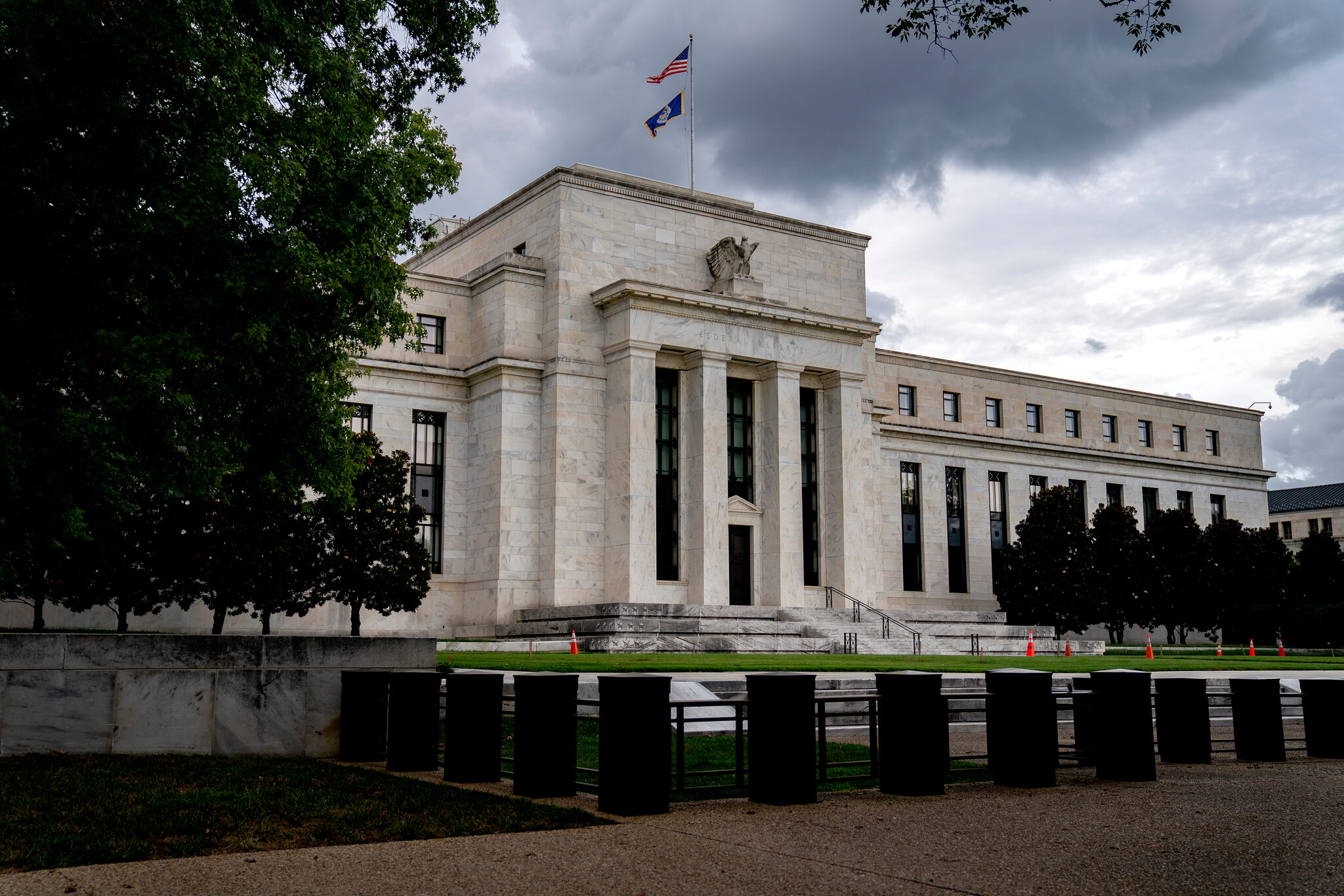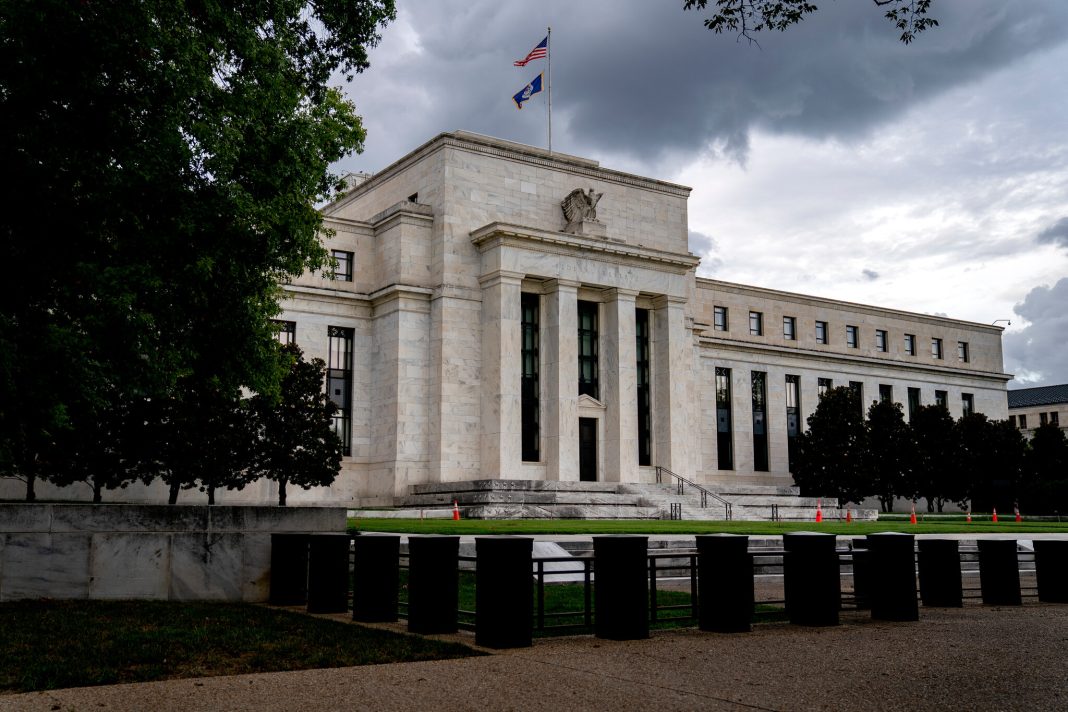 U.S. Inflation Slows in May, Providing Hope for Federal Reserve Policymakers
U.S. Inflation Slows in May, Providing Hope for Federal Reserve Policymakers
The latest inflation reading for the U.S. has defied economists’ expectations, with the annual inflation rate slowing in May. This comes as positive news for Federal Reserve policymakers, who have been hoping for progress on inflation. The consumer price index (CPI) eased to 3.3 percent in May, slightly below the market forecast of 3.4 percent. Although this represents the 38th consecutive month of inflation above 3 percent, it indicates a slowdown in the rate of inflation.
Looking at the core CPI, which excludes the volatile energy and food components, it also slowed to 3.4 percent in May, below the market estimate of 3.5 percent. Additionally, the 3- and 6-month annualized core CPI fell to 3.3 percent and 3.8 percent, respectively. Core inflation rose at a smaller-than-expected pace of 0.2 percent, down from 0.3 percent.
Services inflation also dipped to 5.2 percent in May, marking the first monthly decline since January. Supercore inflation, which excludes housing and is the Fed’s preferred measurement, remained unchanged monthly and eased to 4.8 percent year-over-year.
According to Cleveland Fed’s Inflation Nowcasting model, next month’s CPI is expected to slow to 3.2 percent, while core inflation is estimated to rise to 3.7 percent.
John Lynch, the chief investment officer of Comerica Wealth Management, predicts further moderation in inflation this year, with inflation hovering around the 3 percent range. He believes recent signs of moderation in GDP, inflation, and employment indicate the potential for some moderation in the months ahead, which should calm fears of another rate hike by the Fed.
Automobiles, Shelter, and Oil Prices Impact Inflation
The energy index fell 2 percent monthly and eased to 3.7 percent in the 12 months ending in May. Gasoline prices declined 3.5 percent and fell to 2.2 percent year-over-year. Electricity costs remained unchanged in May and stayed at an annualized rate of 5.9 percent.
While crude oil prices have recently advanced, experiencing a 7 percent increase in the past week, they faced a significant decline in May due to the eroding gains from Middle East tensions. This decline in the oil benchmark helped gasoline prices tumble, despite the start of the busy summer driving season.
As of June 12, a barrel of West Texas Intermediate crude oil is priced at about $79 on the New York Mercantile Exchange, while the average price for a gallon of gas is roughly $3.45, according to the American Automobile Association.
In terms of motor vehicle insurance, it dipped 0.1 percent from April to May but remains more than 20 percent higher compared to the same time last year. The CPI data highlights the significant increase in motor vehicle insurance, driven by high automobile prices, rising car repair costs, and a rise in disaster-related claims.
Shelter costs continue to contribute to inflation, with the shelter category rising 0.4 percent in May and climbing for the fourth consecutive month. On a year-over-year basis, the shelter category is up 5.4 percent.
Data from Zillow shows that the median rent is $2,148, up slightly more than 2 percent from May. This is relatively unchanged from the same time last year. Additionally, Redfin reported that the median U.S. asking rent rose by 0.8 percent year-over-year to $1,653 in May, the highest level since October 2022. Rents also climbed 0.5 percent month-over-month.
Despite public policymakers and Fed Chair Jerome Powell’s insistence that shelter costs would come down by now, there is little relief on the way for tenants. The residential real estate services firm, Redfin, noted that growth in the rental market has flatlined due to enough new apartments being available to meet demand.
Market Reaction and Outlook
Stocks mostly rose on June 12 in response to the latest inflation reading and the Fed’s decision to hold interest rates unchanged. The Fed also projected just one rate cut this year, which was fewer than what markets had anticipated.
U.S. Treasury yields were mostly red across the board, with the benchmark 10-year yield falling to 4.31 percent. The 2- and 30-year yields also slumped to 4.75 percent and 4.47 percent, respectively.
The U.S. Dollar Index, which gauges the value of the dollar against a basket of currencies, dropped by 0.47 percent following the CPI report.
Investors welcomed the data as it could increase the chances of a rate cut. Giuseppe Sette, the president of market research services firm Toggle AI, stated that the chances of a rate cut in 2024 remain balanced. He believes that with inflation not rising fast and a strong job market, the Fed can maintain rates higher than CPI.
Mark Hamrick, the senior economic analyst at Bankrate, noted that the “war against inflation continues.” He mentioned that borrowing costs will remain elevated in the near-term and that rates will remain higher for longer due to monetary policy.
Overall, the latest inflation reading provides hope for Federal Reserve policymakers who have been looking for progress on inflation. The slowdown in inflation suggests that there may not be a need for another rate hike in the near future. However, uncertainties regarding housing costs and other factors still exist, and it remains to be seen how inflation will evolve in the coming months.


